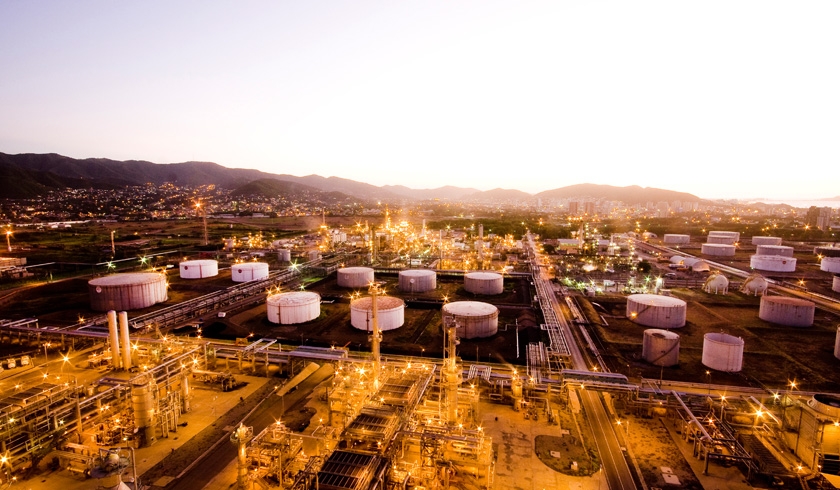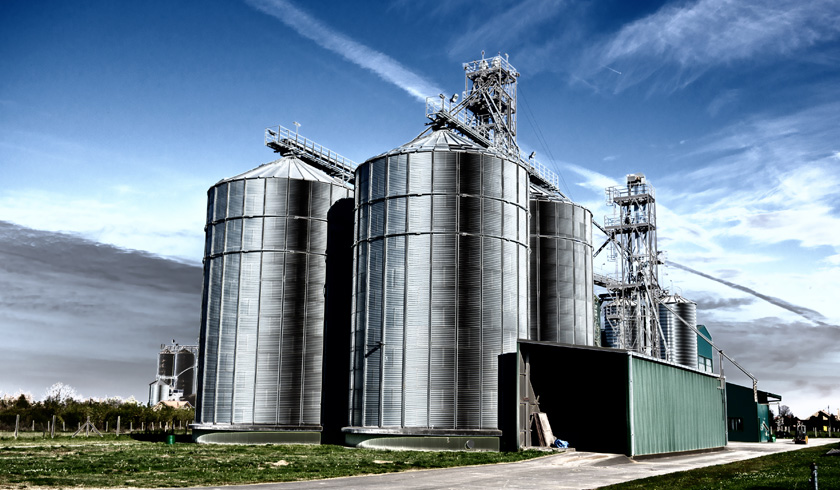POTENTIAL INDUSTRIES
Tanjung Piai Maritime Industrial Park
PETROCHEMICAL
Malaysia’s petrochemical industry is well-rated in terms of established oil & gas resources and supply chain network, being ranked sixth place in Business Monitor International’s (BMI) Petrochemical Business Environment Rankings. Currently, there are more than 42 petrochemical companies in Malaysia with a combined capacity to produce 12.9 million tonnes per annum of chemical related products.
The wide range of petrochemicals produced in Malaysia such as olefins, polyolefins and aromatics-based compounts, have contributed to the development of the local downstream polymer and plastics processing activities. Iskandar Malaysia is one of the three designated petrochemical zones in Malaysia, with a number of integrated complexes, supplied with crackers, synthetic gas and aromatics facilities for the production of petrochemical products. The petrochemical zone is supported by developed infrastructure, dedicated utilities and services, providing a conducive environment for the expansion of the petrochemical industry in the country.
According to Dow Chemical Company, in the longer term, Asia is forecasted to account for half (50%) of global petrochemical market share in 2025, from 35% in 2010. With the buoyant petrochemical demand from the region, global petrochemical players are shifting their presence from matured markets such as North America and Europe, to emerging Asian markets. Tanjung Piai Maritime Industrial Park provides an ideal destination for a regional petrochemical hub with its strategic location in the centre of Asia.

OTHER INDUSTRIES
ONGOING TREND FOR THE ENERGY SECTOR OF MALAYSIA
“Malaysia’s energy demand will almost double between today and 2040, with rising contributions from all energy sources.
Fossil fuels remain dominant in Malaysia’s energy mix, with its share still projected to exceed 90% by 2040, although the hierarchy changes. Coal demand increases by more than a factor of three over the projection period, overtaking both oil and gas to become the primary fuel in the country’s energy mix. Oil demand is projected to rise to about 1 million barrels per day by 2040, while the growth in natural gas demand slows.
Demand for renewables more than doubles by 2040, with their share of electricity generation rising to 16%, underpinned by strong policy support.
Malaysia’s role in international markets shifts as the country becomes increasingly dependent on oil and coal imports, while natural gas exports fall back.”
Source: Southeast Asia Energy Outlook 2015, by International Energy Agency (IEA)
Contact us now for further enquiries and professional consultation.CONTACT US








